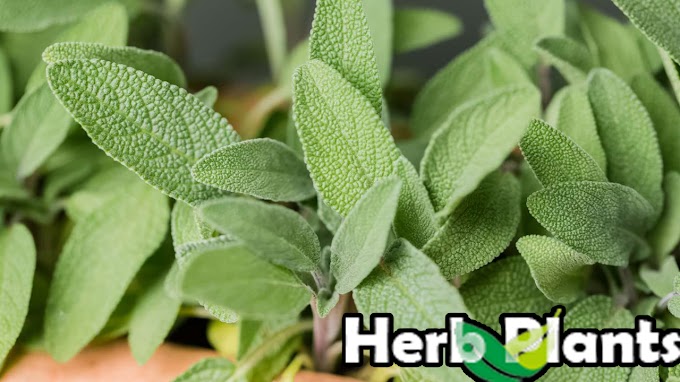Hey there, fellow plant enthusiasts! Today, we are diving into the captivating world of the artichoke plant – an enigmatic and delicious wonder of nature. Whether you're an experienced gardener or simply curious about unique plants, the artichoke plant is sure to capture your heart (and taste buds!). So, let's embark on this fascinating journey together and discover the hidden delights of the artichoke.
1. A Plant with History:
The artichoke (Cynara cardunculus var. scolymus) traces its roots back to the Mediterranean region, where it has been cultivated and cherished for over 3,000 years. Believed to have originated in ancient Egypt, the artichoke quickly spread to Greece and Rome, becoming a symbol of prosperity, fertility, and immortality. Its intriguing history and association with various civilizations make it a captivating subject of study.
2. An Edible Flower Bud:
You might be surprised to learn that the part of the artichoke plant we enjoy eating is, in fact, an edible flower bud! Before the artichoke blossoms into a vibrant purple-blue flower, it remains tightly packed, resembling a pinecone. This stage is when we harvest and consume the artichoke, savoring its uniquely nutty and earthy flavor.
3. Artichoke Varieties:
Over time, different varieties of artichokes have been developed, each offering distinct tastes and appearances. The two primary types are the Globe Artichoke and the Jerusalem Artichoke:
Globe Artichoke: This is the most common variety found in grocery stores. It features a robust, globe-like shape with thick, fleshy leaves protecting the tender heart within.
Jerusalem Artichoke: Unlike the Globe Artichoke, the Jerusalem Artichoke is not a flower bud but rather the root of a sunflower species. It is often used as a starchy vegetable in cooking and has a sweet, nutty flavor.
4. Growing Your Own Artichokes:
If you're eager to cultivate your own artichokes, you're in for a rewarding gardening experience! Artichokes thrive in regions with mild winters and cool, foggy summers. Choose a sunny spot in your garden with well-draining soil. Seeds or young plants can be planted in the spring, and with proper care, they'll grow to maturity in about 5-6 months.
5. The Art of Harvesting:
Patience is a virtue when it comes to harvesting artichokes. You'll need to wait until the buds reach their ideal size and before the purple scales begin to open. To harvest, use a sharp knife to cut the bud about an inch below the base. Don't forget to wear gloves to protect your hands from the thorns!
6. Culinary Delights:
Now comes the most exciting part – indulging in the culinary delights of the artichoke! Whether steamed, grilled, baked, or boiled, this versatile vegetable can be prepared in various mouthwatering ways. Many people enjoy artichokes with melted butter or aioli, while others relish them in salads, dips, and pasta dishes. The possibilities are endless, and experimenting with different recipes can be an adventure in itself!
7. Nutritional Value:
Apart from their delectable taste, artichokes are packed with nutrients that benefit our health. They are a great source of fiber, which aids digestion and helps maintain a healthy gut. Artichokes also contain essential vitamins like Vitamin C and Vitamin K, as well as minerals like potassium and magnesium, all of which contribute to overall well-being.
8. Medicinal Uses:
Beyond their culinary appeal, artichokes have been used for centuries in traditional medicine for their potential health benefits. Studies suggest that artichoke extracts may support liver health, regulate cholesterol levels, and possess antioxidant properties. While artichokes should not be considered a replacement for professional medical advice, incorporating them into a balanced diet may provide some health advantages.
9. Artichoke in Art and Culture:
Throughout history, the artichoke has inspired artists, writers, and even designers. Its unique shape and vibrant colors have found their way into various art forms, symbolizing different concepts like abundance, mystery, and transformation. From Renaissance paintings to modern culinary arts, the artichoke continues to hold a special place in the creative world.
10. A Sustainable Choice:
Growing artichokes is not only a treat for your taste buds but also a sustainable choice for the environment. As a perennial plant, artichokes can be grown year after year without the need for replanting. Their deep roots help prevent soil erosion, and they attract beneficial insects, making them a valuable addition to eco-friendly gardens.
In conclusion, the artichoke plant is truly a marvel of nature, offering a delightful blend of history, flavor, and health benefits. From its ancient origins to the modern kitchen, this captivating vegetable has maintained its allure, intriguing people with its unique form and culinary potential.
So, why not embark on your artichoke journey? Whether you're cultivating them in your garden, cooking up delicious recipes, or simply appreciating their artistic charm, the artichoke plant is sure to leave a lasting impression.
Now, it's your turn! Have you had any memorable experiences with artichokes? Do you have a favorite artichoke recipe to share? Let's keep the conversation going in the comments section below!




0 Comments